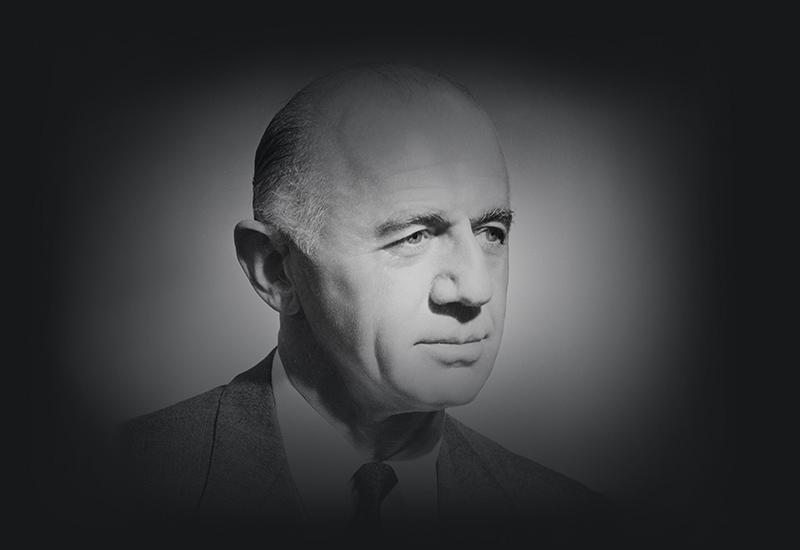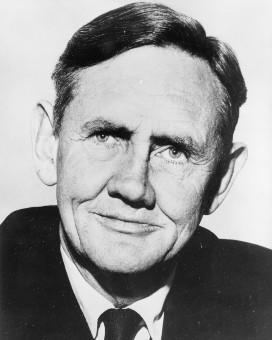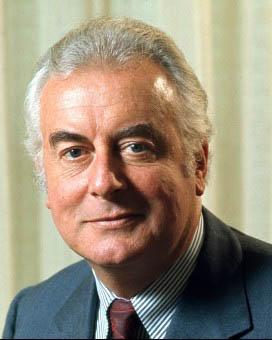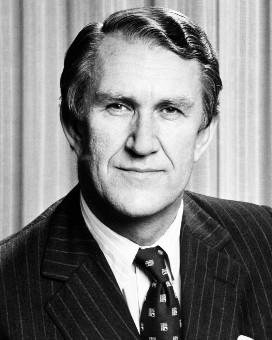On this page
1940 to 1949
10 Dec 1949: First elected to Federal Parliament
McMahon was elected as Member of Parliament for the seat of Lowe (NSW), in the 19th federal election.
1960 to 1969
26 Jan 1966: Treasurer
After Menzies retirement, McMahon was elected deputy party leader under Harold Holt. He served as Treasurer in the Holt, Gorton and McEwen governments until November 1969, when he was appointed Minister for External Affairs.
1970 to 1979
10 Mar 1971: 20th Prime Minister
After defeating John Gorton in a Liberal Party leadership ballot, William McMahon was sworn in as prime minister.
24 May 1971: Being counted
Senator Neville Bonner became the first Indigenous parliamentarian. He was nominated by the Queensland Liberal Party for a vacant Senate seat. Aboriginal and Torres Strait Islander peoples were included in the national census for the first time in 1971, after the 1967 amendment to the Constitution.
18 Aug 1971: Vietnam War toll
McMahon announced the final withdrawal of Australian troops from Vietnam. By the time the last men had returned home in 1972, over 46,000 Australian personnel had served in Vietnam, with 3000 wounded and 500 dead.
2 Nov 1971: Dinner at the White House
At an official dinner with President and Mrs Nixon at the White House, the prime ministerial couple attracted international attention. Television and magazines relayed pictures of Sonia McMahon's diplomatically daring dress.
26 Jan 1972: A tent embassy
First Australians set up a tent 'embassy' in front of Parliament House in Canberra. Although police removed it several times, it remained until February 1975. A 2nd tent embassy, opened on the same site in January 1992, still stands in front of Old Parliament House.
2 Dec 1972: 28th federal election
McMahon's Coalition government was defeated. Campaigning on the theme 'It's time', Gough Whitlam led the Labor Party to victory after 23 years of Liberal-Country Party government.
5 Dec 1972: Left office
Following the government's electoral defeat, McMahon resigned as prime minister. Gough Whitlam was sworn in later that day.
1980 to 1989
4 Jan 1982: Left Parliament
McMahon remained in Federal Parliament for 10 years after he lost office in December 1972. He was an Opposition backbencher from 1972 to 1975, and then a backbencher in the Coalition government of Malcolm Fraser and Doug Anthony. He retired from Parliament in 1982.
31 Mar 1988: Death
After a long illness, McMahon died at St Luke's Hospital, Sydney, aged 80.





